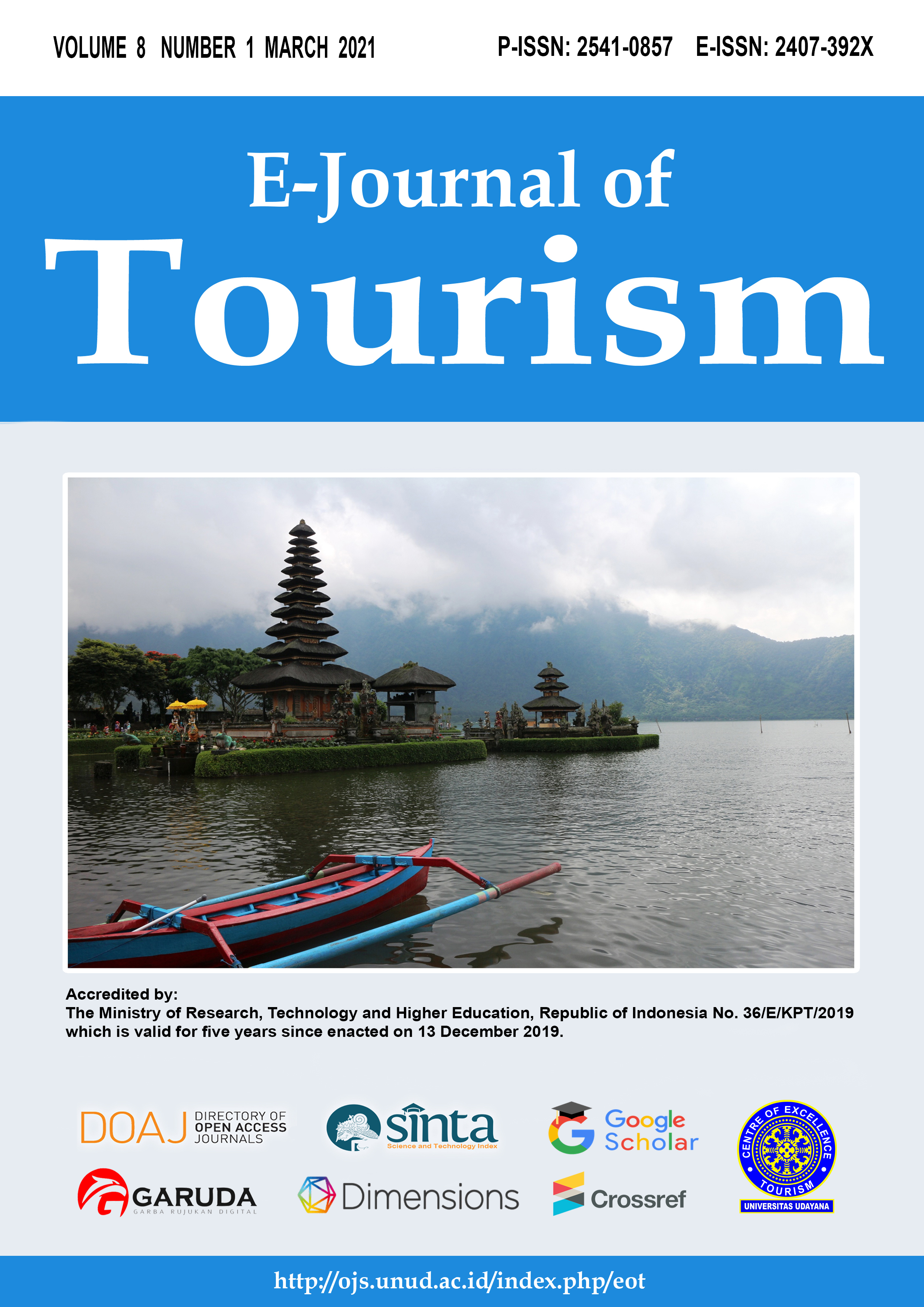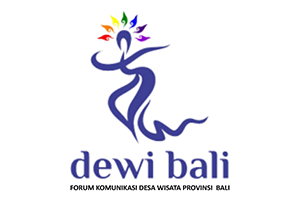Stakeholder’s Perceptions about Sustainable Tourism in The Main Attraction of Banda Aceh Halal Tourism (Baiturrahman Great Mosque)
Abstract
Mosque is place of worship as well as religious symbols that have religious and social aspects. The aspects can be used as places of worship, while social aspects are referred to as places of community activity, places of learning, cultural development, art of building, even in times of war for Acehnese fighters. But in the current era of globalization, mosques are no longer a place of worship, but also a tourist destination for both Muslims and non-Muslims. There are three the main halal tourism destinations Indonesia, they are West Sumatra, West Nusa Tenggara and Aceh Province . The addition of material directly is very important, especially in terms of control and physical appearance of the mosque. The Baiturrahman Mosque in Banda Aceh is one of them, since 2015 major improvements have been made enough to restore the face of the historic mosque.
This study is a case study that tries to explore the in-depth perspective of several informants regarding sustainable tourism, focusing on mosques as halal tourism attractions. Data collection techniques used are observation, in-depth interviews, and documentation. This research is expected to be able to find out (a) the attraction of Baiturrahman Great Mosque (b) to explore the deep perspectives of stakeholders regarding sustainable tourism, in this case concerning the Baiturrahman Mosque as the main attraction of Halal tourism in Banda Aceh. The results of this could be as input and consideration for the development of halal tourism, especially the development of tourism in other mosques in Aceh Province and Indonesia.
Keywords: Stakeholders, Attraction, Halal Tourism, Sustainable Tourism
Downloads
References
Damanik, J. and Weber, H. F. (2006) ‘Perencanaan ekowisata’, Yogyakarta: Penerbit Andi.
Jalil, L. A. (2012) Arsitektur Masjid Kuno di Aceh; Kajian terhadap Masjid-Masjid Kuno di Pesisir Aceh. Banda Aceh: Bandar Publishing.
Jenkins, I. (2013) Sustainability in Tourism A Multidisciplinary Approach. Switzerland: Springer Gabler.
Norman, A. (2014) ‘The varieties of the spiritual tourist experience’, Literature & Aesthetics, 22(1).
Sapri, M. et al. (2014) ‘Potential of facilities management in uplifting mosque management functions’, in International Conference on Masjid, Zakat and Waqaf (i-MAF), pp. 1–13.
Shafaei, F. and Mohamed, B. (2017) ‘Malaysia’s branding as an Islamic tourism hub: An assessment’, Geografia-Malaysian Journal of Society and Space, 11(1).
Shakiry, A. S. (2006) ‘Islamic Tourism, for whom?’, Islamic Tourism Magazine. Available at: www.IslamicTourism.com.
Sharma, R. (2016) ‘Evaluating total carrying capacity of tourism using impact indicators’, Global Journal of Environmental Science and Management, 2(2), pp. 187–196.
Suwena, I. K. (2010) ‘Format Pariwisata Masa Depan” dalam Pariwisata Berkelanjutan dalam Pusaran Krisis Global’, Denpasar: Penerbit Udayana University Press. Hal, 281.

This work is licensed under a Creative Commons Attribution 4.0 International License.
The copyright of the received article shall be assigned to the journal as the publisher of the journal. The intended copyright includes the right to publish the article in various forms (including reprints). The journal maintains the publishing rights to the published articles.




















